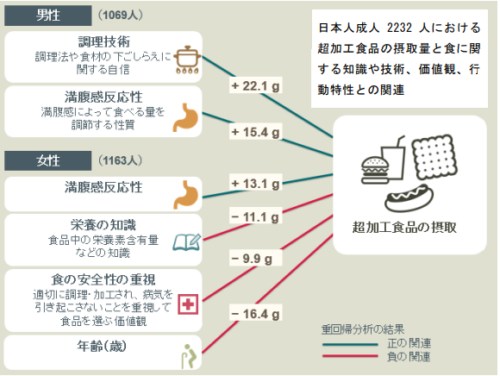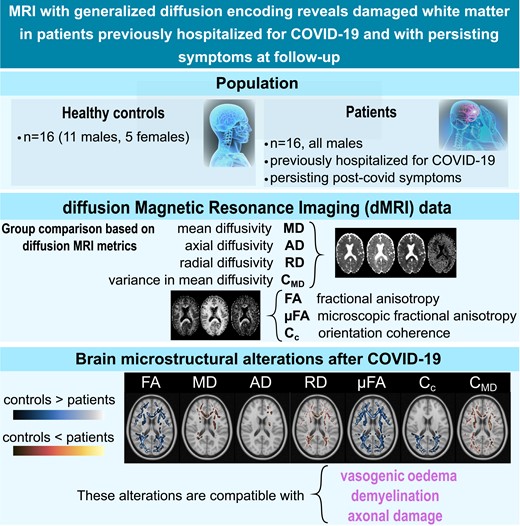2023-12-11 カロリンスカ研究所(KI)
◆この研究により、妊娠中にこれらの薬を使用することが先天異常のリスクを増加させない可能性が示されました。これらの結果に基づき、これらの薬物は先天異常の主要なリスクをもたらさない可能性があることが示唆されています。
<関連情報>
- https://news.ki.se/newer-diabetes-drugs-do-not-increase-fetal-risk
- https://jamanetwork.com/journals/jamainternalmedicine/fullarticle/2812743
妊娠初期におけるGLP-1受容体作動薬および他のセカンドライン抗糖尿病薬の安全性 Safety of GLP-1 Receptor Agonists and Other Second-Line Antidiabetics in Early Pregnancy
Carolyn E. Cesta, Ran Rotem, Brian T. Bateman, Gabriel Chodick, Jacqueline M. Cohen, Kari Furu, Mika Gissler, Krista F. Huybrechts, Lars J. Kjerpeseth, Maarit K. Leinonen, Laura Pazzagli, Helga Zoega, Ellen W. Seely, Elisabetta Patorno, Sonia Hernández-Díaz
JAMA Internal Medicine Published:December 11, 2023
DOI:10.1001/jamainternmed.2023.6663

Key Points
Question Is periconceptional use of glucagon-like peptide 1 (GLP-1) receptor agonists or other noninsulin second-line antidiabetic medications (ADMs) associated with increased risk of major congenital malformations?
Findings This multinational population-based cohort study of more than 50 000 pregnant women with type 2 diabetes and their infants did not find greater risk of malformations after periconceptional use of sulfonylureas, dipeptidyl peptidase 4 inhibitors, GLP-1 receptor agonists, or sodium-glucose cotransporter 2 inhibitors compared with insulin.
Meaning Use of GLP-1 receptor agonists and other noninsulin second-line ADMs has increased in pregnancy and in this first large study on their teratogenic risk in humans, results provide initial reassurance of their safety.
Abstract
Importance Increasing use of second-line noninsulin antidiabetic medication (ADM) in pregnant individuals with type 2 diabetes (T2D) may result in fetal exposure, but their teratogenic risk is unknown.
Objective To evaluate periconceptional use of second-line noninsulin ADMs and whether it is associated with increased risk of major congenital malformations (MCMs) in the infant.
Design, Setting, and Participants This observational population-based cohort study used data from 4 Nordic countries (2009-2020), the US MarketScan Database (2012-2021), and the Israeli Maccabi Health Services database (2009-2020). Pregnant women with T2D were identified and their live-born infants were followed until up to 1 year after birth.
Exposure Periconceptional exposure was defined as 1 or more prescription fill of sulfonylureas, dipeptidyl peptidase 4 (DPP-4) inhibitors, glucagon-like peptide 1 (GLP-1) receptor agonists, and sodium-glucose cotransporter 2 (SGLT2) inhibitors, or insulin (active comparator) from 90 days before pregnancy to end of first trimester.
Main Outcomes and Measures Relative risks (RRs) and 95% CIs for MCMs were estimated using log-binomial regression models, adjusting for key confounders in each cohort and meta-analyzed.
Results Periconceptional exposure to second-line noninsulin ADMs differed between countries (32, 295, and 73 per 100 000 pregnancies in the Nordics, US, and Israel, respectively), and increased over the study period, especially in the US. The standardized prevalence of MCMs was 3.7% in all infants (n = 3 514 865), 5.3% in the infants born to women with T2D (n = 51 826), and among infants exposed to sulfonylureas was 9.7% (n = 1362); DPP-4 inhibitors, 6.1% (n = 687); GLP-1 receptor agonists, 8.3% (n = 938); SGLT2 inhibitors, 7.0% (n = 335); and insulin, 7.8% (n = 5078). Compared with insulin, adjusted RRs for MCMs were 1.18 (95% CI, 0.94-1.48), 0.83 (95% CI, 0.64-1.06), 0.95 (95% CI, 0.72-1.26), and 0.98 (95% CI, 0.65-1.46) for infants exposed to sulfonylureas, DPP-4 inhibitors, GLP-1 receptor agonists, and SGLT2 inhibitors, respectively.
Conclusions and Relevance Use of second-line noninsulin ADMs is rapidly increasing for treatment of T2D and other indications, resulting in an increasing number of exposed pregnancies. Although some estimates were imprecise, results did not indicate a large increased risk of MCMs above the risk conferred by maternal T2D requiring second-line treatment. Although reassuring, confirmation from other studies is needed, and continuous monitoring will provide more precise estimates as data accumulate.


